Heuristic Play: Enhancing Physical Development in the EYFS and beyond
Heuristic Play and EYFS
The Early Years Foundation Stage (EYFS) framework sets standards for the learning and development of children from birth to five in the United Kingdom. It aims to ensure that children receive high-quality education and care that helps them achieve their full potential. One of the key components of EYFS is play-based learning. Whilst the EYFS framework does not specifically mention heuristic play this is a key element of the early years timetable. Heuristic play is a form of child-led play that encourages children to explore and learn through their senses.

Heuristic play involves providing children with a range of open-ended, natural, and everyday objects that they can use their senses to freely explore and experiment with. The objects can be anything from wooden spoons and shells to pebbles and fabric scraps. The idea is to give children the opportunity to investigate and manipulate objects in their way, without adult direction or intervention. This type of play is beneficial for children’s development as it helps them develop their creativity, problem-solving skills, and independence.
What is Heuristic Play in EFYS?
The Early Years Foundation Stage (EYFS) framework is mandatory for all early years providers in England, including nurseries, childminders, and reception classes in schools. This post will focus on one key area – Physical development and how this links to Heuristic play. Alongside communication, PD and how we can use physical elements of play are hugely beneficial to self-regulation, behaviour and wellbeing. I apply the principles of this to my SEN classes across key stages.

Physical Development in the EYFS
The EYFS framework has some key themes. Key elements linked to EYFS Physical Development for children according to the EYFS framework are that:
- Physical activity plays a vital role in children’s overall development, allowing them to lead happy, healthy, and active lives.
- Gross and fine motor skills develop gradually throughout early childhood. Starting with sensory exploration and strengthening of the child’s coordination, positional awareness, and core strength through activities like tummy time, crawling, and play with objects and adults.
- Creating games and providing play opportunities indoors and outdoors can help adults support children in developing their core strength, balance, stability, agility, spatial awareness, and coordination.
- Gross motor skills are crucial for developing healthy bodies and social-emotional well-being, while fine motor control and precision can aid in hand-eye coordination and early literacy skills.
- Repeated and varied opportunities to explore and play with small world activities, puzzles, arts and crafts, and the use of small tools, with feedback and support from adults, can help children develop proficiency, control, and confidence.

Heuristic Play
Heuristic play is a type of play that involves babies and young children interacting with everyday objects rather than toys. The goal of heuristic play is to provide a wide range of sensory stimulation to help children discover and learn things for themselves. This type of play is based on curiosity and a child’s developing ability to experiment and find out for themselves. It normally happens between the age of 1 and 2.
Definition
Heuristic play is exploring a range of objects in different ways and moving around with them in a safe environment. It is a child-led activity where children are provided with a range of simple household objects. Common examples include pots and pans, wooden spoons, ribbons, and other safe items. The child is then free to explore and experiment with these objects in their own way, without any adult intervention.
What are the Benefits of Heuristic Play?
Heuristic play has many benefits for young children. It helps to develop their cognitive, physical, and emotional skills. Children learn to use their senses to explore and discover the properties of different objects. They also learn to problem-solve, develop their creativity, and improve their hand-eye coordination. Heuristic play also helps to promote social skills, as children can play together and learn to share and take turns.
According to the Early Years Learning Framework, play allows children to learn as they discover, create, improvise, and imagine. Play interruptions should be minimised to allow children to continue their exploration and learning.
Heuristic Play Ideas For EYFS
Examples of heuristic play objects for EYFS physical development include:
- Feathers
- Hair clips
- Scarves and cloths
- Shells
- Pine cones
- Wooden spoons
- Cardboard boxes
- See this post for 100s of other ideas.
Adapting Heuristic Play for Different Age Groups
Heuristic play can be adapted for different age groups by modifying the materials and the level of challenge. I have always taught Key Stage 3/4 pupils. I talk about age appropriateness in more detail here. Here are some ways to extend the use of play to lessons for different ages in an SEN setting, the key stages are just a rough guide, match the activities to pupil needs:
- EYFS: Provide safe and simple objects with different textures, colours, shapes, and sizes that babies can easily grasp and explore, such as softballs, fabric scraps, cardboard tubes, wooden spoons, or silicone teethers.
- KS1: Offer a wider range of materials that encourage problem-solving and creativity, such as open-ended toys like blocks, cups, scarves, shells, or natural materials like pinecones, leaves, and stones. Provide containers for sorting and nesting, and introduce concepts like pouring, filling, and stacking.
- KS2: Add more complex materials that require more coordination, imagination, and social interaction, such as loose parts, dramatic play props, construction sets, or art supplies like clay, paper, and paint. Encourage storytelling, role-playing, and collaborative projects that foster language, literacy, and numeracy skills.
- KS3+: Offer a variety of materials that allow for deeper exploration and experimentation, such as science kits, puzzles, books, and games. Provide opportunities for research, reflection, and discussion that stimulate critical thinking, creativity, and curiosity. Introduce new challenges and projects that connect with the children’s interests and passions.
Treasure Baskets and Topics for SEN pupils
I have used this idea widely in my classes. I got the idea for treasure baskets from this document on creating enabling environments. Each basket will contain a variety of different everyday items both natural and recycled. The items are chosen safely with nothing small enough to cause choking. The items included need to be ones that can be held, banged, mouthed, rattled and rolled. Maybe even thrown without causing too much damage.
The child needs to be able to sit up and have plenty of time to explore. Treasure basket time is a time for the other toys to be put away. Bright plastic toys commonly played with will often feel, smell and taste the same. Treasure basket collections need to be imaginative and clean. There need to be plenty of familiar and unfamiliar items to explore. These sessions need to be held regularly and can form a typical part of a structure learning time.
Treasure Baskets contain a variety of everyday items, including natural and recycled materials. These baskets offer a sensory-rich experience for children that promote exploration and discovery.
Topics, Treasure Boxes and Heuristic Play

You can incorporate different topics into Treasure Basket activities is by selecting items that relate to specific themes or subjects. A Treasure Basket themed around animals could contain animal figures, animal-print fabrics, animal-shaped toys, and natural materials like feathers and shells. A Transport Treasure Basket could contain vehicles of different sizes and types, road signs, mini tyres
Treasure Baskets can be based on the child’s interests and developmental needs. For fine motor skills, the Treasure Basket could include small objects like beads, buttons, and bells that require dexterity and hand-eye coordination. If a child is struggling with sensory processing, the Treasure Basket could include items with different textures, weights, and smells that stimulate the senses and promote regulation.
Treasure Basket time can be a valuable opportunity for children with special needs to work on social skills and language development. By providing a range of items that encourage exploration and cooperation, children can practice turn-taking, sharing, and communication in a supportive and engaging environment.


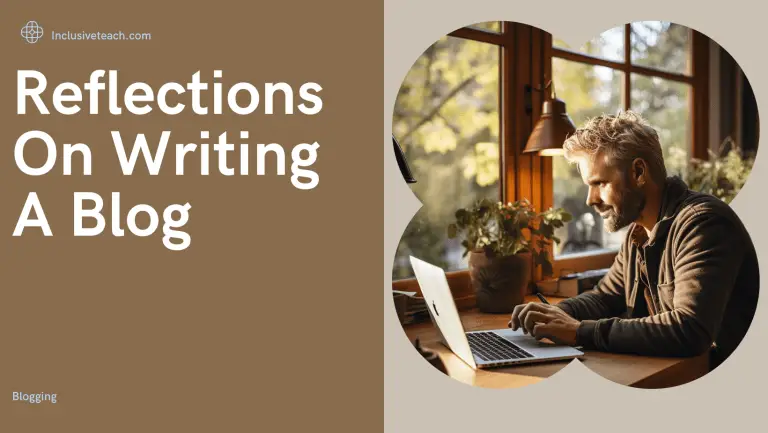
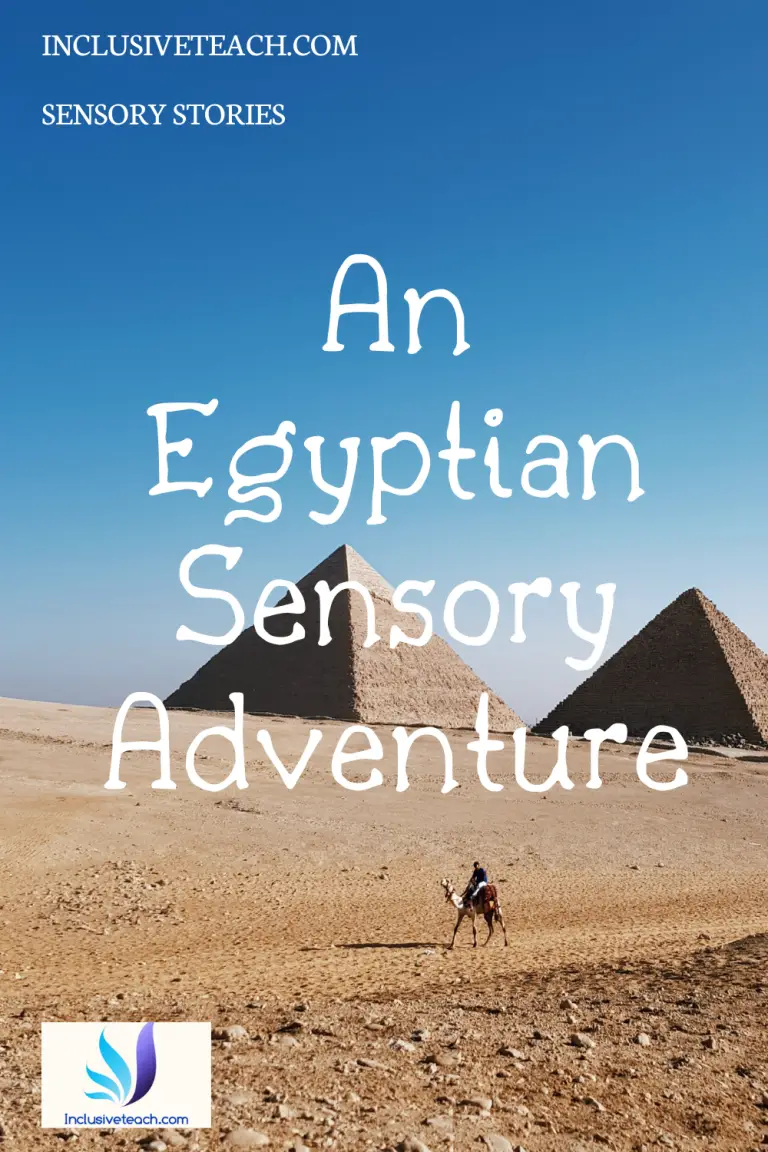
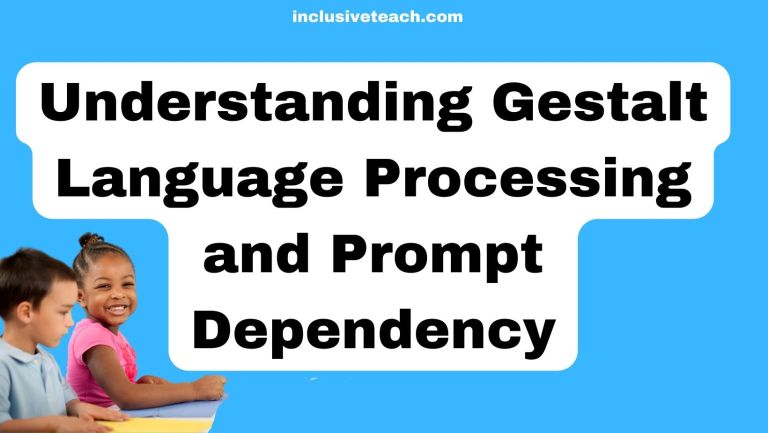
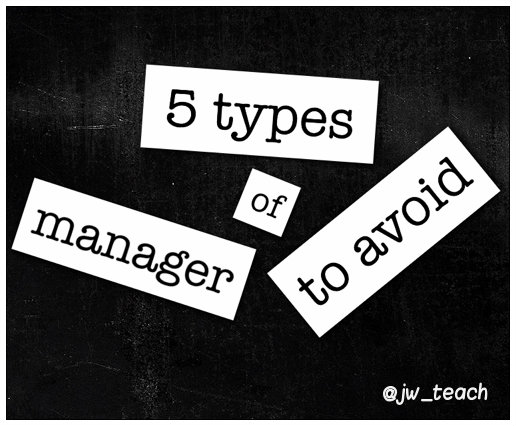
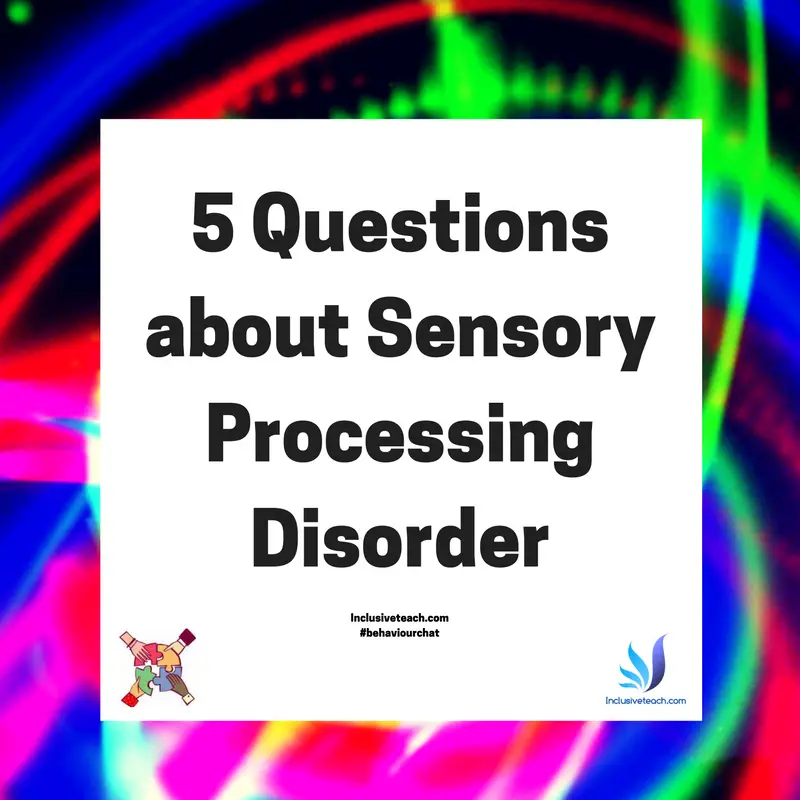
4 Comments